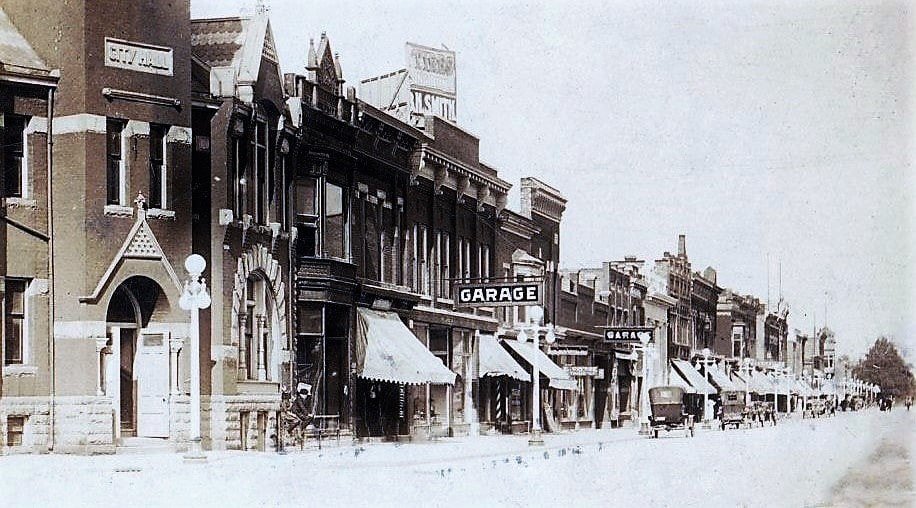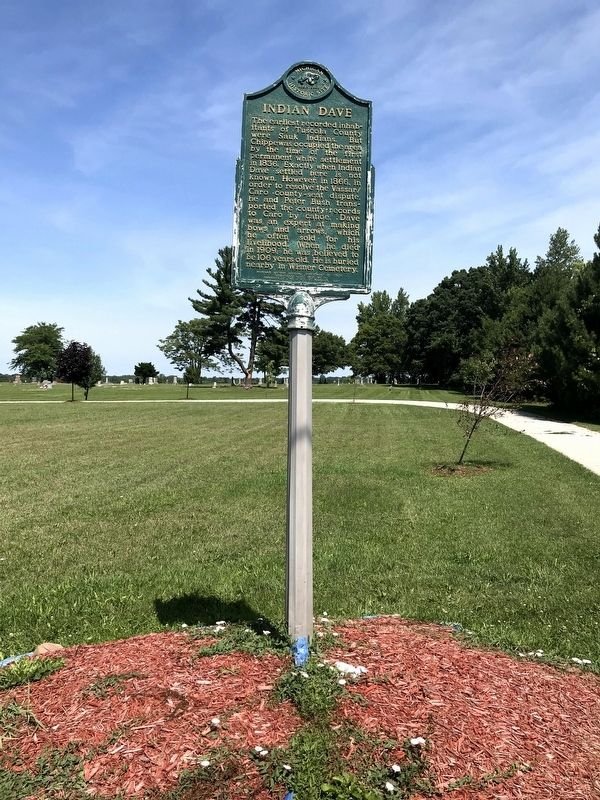
Tuscola County History
Museums
The Millington-Arbela Historical Society is located in downtown Millington in the old Millington Bank building. Dedicated to ‘preserve yesterday for tomorrow’, this small nonprofit group offers visitors to the Millington and Arbela area a chance to step back in time with displays featuring turn of the century equipment, founding businesses, old school buildings, military gear from days gone by, and much more.
The Mayville Museum is located in the thumb of Michigan. We are open Friday & Saturdays during the summer months 11:00 am- 3:00 pm.
The Caro Roadhouse Museum is a small, public museum owned by the City of Caro, Michigan. We conduct a series of annual open house events, designed to attract a variety of age groups and interests, often displaying collections belonging to our local residents. All of our events are free of charge and wheelchair accessible.
Our museum is located on South Main Street. It's housed in a local historical house which was moved to this location for the museum. We are always working to improve both the building and landscaping as well as the exhibits offered within.
Our vision is to develop the Thumb Octagon Barn complex for the community as an agricultural museum and educational center open to individuals, families and student groups to educate and stimulate awareness of our agricultural heritage.
Historical Markers
Circuit riders, who traveled through local villages, served the Watrousville United Methodist Church when it was established in 1856.
Aaron Watrous and his crew of loggers came here in 1852 to cut the virgin pine of the Cass River Valley. In 1860 he platted the town, naming it Watrousville, and a few years later constructed this building as a general store.
Cork pine grew in abundance along the Cass River and was much in demand. These kings of the forest grew to a height of 150 feet. With forests depleted, a diversified economy developed here—agriculture, manufacturing, and commercial business.
On March 11, 1882, thirty-three years after the nation’s first state fair was held in Detroit, the Tuscola County Fair was organized as the Caro District Agricultural Association.
Peter DeWitt Bush (1818-1913), the second permanent resident of the village of Caro, donated this site for the county courthouse square in 1866. In 1873 the county replaced the former church with a brick courthouse that served the community's needs until 1932 when the present Art Deco style structure was completed.
The Tuscola County Advertiser began publishing on August 21, 1868. The city’s oldest surviving business establishment was founded by Henry G. Chapin, a native of Conesus, New York.
This skillfully designed board and batten Gothic Revival church first served local Episcopalians in 1880. The congregation had been formed in 1871, the year the town was incorporated.
The state highway system began with the State Reward Road program, created by the Michigan Legislature in 1905. The program provided "rewards" to local governments for road improvements made according to state standards. Elkland Township was the first municipality to receive a reward.
The beet sugar industry in Michigan began growing rapidly in the late nineteenth century and is still a popular crop to this day. With more than a century under its belt, there is no shortage of history, Peninsular Sugar Refining Company included.
In 1884 Millington citizens decided to construct a modern brick building. Between 1947 and 1970 eighteen rural schools consolidated to form the Millington Community School District.
In 1851, Patrick McGlone (1810-1884) settled near here. Later, he built a one-story Greek Revival Style building that he named “Juniata House” where he provided lodging and food for travelers, as well as “good Barns” stocked “with hay and grain.” His family served travelers for fourteen years.
Indian Dave was one of the last Chippewas to hunt, fish, and trap in the old manner in the Tuscola County area. Dave was born around 1803 and given the name Ishdonquit. When he died in 1909, he was believed to be 106 years old. He is buried nearby in Wisner Cemetery.
In 1889 Charles and Naomi Phipps donated land for a church building. Church members laid the cornerstone later that year. In 1968, through a merger with the Methodist denomination, the name became the Gilford United Methodist Church.
Brothers Joseph and James Gage immigrated from Canada in 1860. Joseph filed a homestead claim in Elmwood Township. In 1869, Joseph built a store and mill on his land. Two years later, he platted the village of Gagetown where five roads met.
In 1849 Pastor Ferdinand Sievers of Bay County purchased over fifteen hundred acres of virgin forest here in Tuscola County to establish a colony of immigrants from revolution-torn Germany. They named their community Frankenhilf, combining Franconia, a district of Bavaria, and hilf, meaning assistance.
For the first year, this small group of Presbyterians held their worship and prayer services in the homes of members. Then in 1880, they erected their first house of worship on Lincoln and Pearl Streets. It has had no structural alterations since construction. A regal structure, it features a corner tower and stained glass windows.
This hall was built in 1881 as the center of government activity for Elkland Township. Erected at a cost of twenty-six hundred dollars, it was the first brick structure in Cass City.
Three people gathered in June 1877 to form the First Presbyterian Society of Cass City. The congregation soon called its first pastor, the Reverend John Kelland, who led fundraising efforts to build a permanent home for the society. By the fall of 1878, a wood building was erected on this site.
One of the first brick buildings on Caro’s main street, the structure was built by businessman and philanthropist Charles Montague as a bank and general store. When the building was enlarged in 1887, the entire second story became the Masonic Temple.























